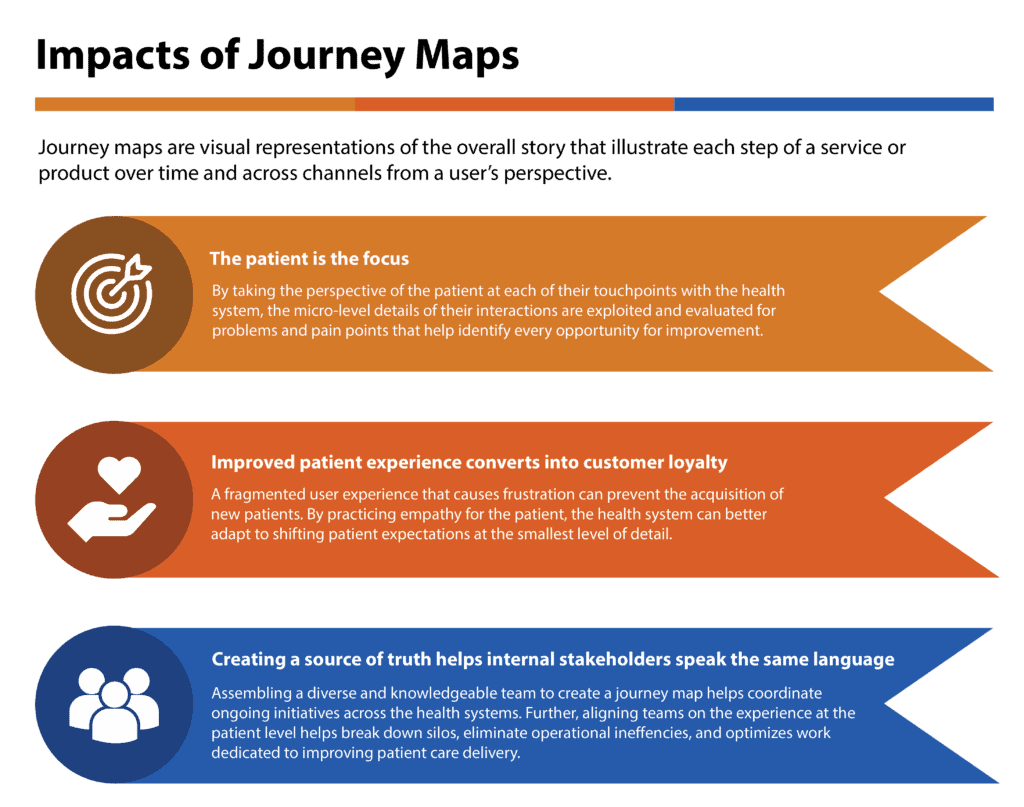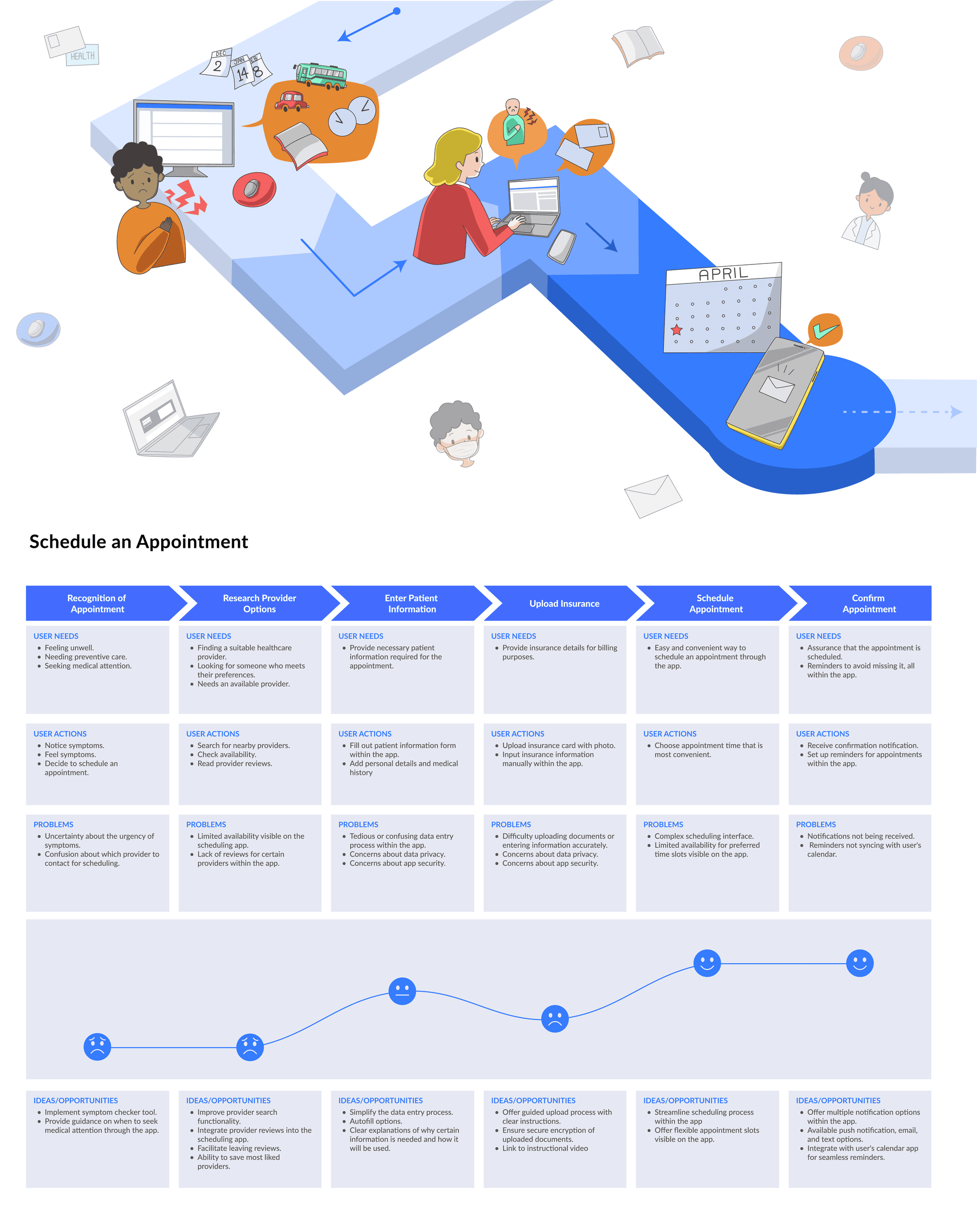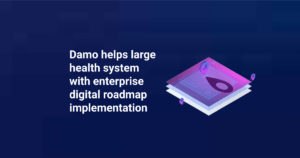CASE STUDY

Improving Patient Experience Through Contact Center Optimization
How Contact Center Optimization Transformed Patient Experience at Sentara Health
Sentara Health faced challenges in delivering a consistent patient experience across fragmented contact centers. After developing the Clinical Access Center, Sentara continued to partner with Damo to unite its remaining stand-alone contact centers and improve the overall patient experience, efficiency, decision-making, and collaboration. Standardized processes, centralized knowledge management, and a governance framework enhanced patient care, staff productivity, and career development.
A large not-for-profit integrated healthcare delivery system on the East Coast with more than 29,000 employees, 12 hospitals, and a health plan that is recognized nationally for clinical quality and safety is strategically focused on innovation and creating an extraordinary healthcare experience.
About the Client and the Project
Sentara Health is an integrated, not-for-profit, health care delivery system. Sentara is one of the largest health systems in the U.S. Mid-Atlantic and Southeast, and among the top 20 largest not-for-profit integrated health systems in the country, with 30,000 employees, 12 hospitals in Virginia and Northeastern North Carolina, and the Sentara Health Plans division, which serves more than 1 million members in Virginia and Florida. With more than 1,500 quality physicians and advanced practice providers, they complete more than 2.8 million patient visits annually. With a vast network of ambulatory and hospital services, Sentara encountered challenges in ensuring a consistent patient experience across all touchpoints. To enhance the patient’s journey, Sentara partnered with Damo in 2023 to create the Clinical Access Center to centralize scheduling for 282 primary and specialty care practices using streamlined processes and workflows.
Following the success of the Clinical Access Center, Sentara again enlisted Damo to develop and execute a strategy for uniting its remaining stand-alone contact centers to continue to improve the overall patient experience. The objective was for Damo to provide a framework to enable enhanced decision-making and offer a comprehensive inventory for unification with the Clinical Access Center as the hub and center of excellence.
Challenges
Sentara faced operational and service challenges within its 13 contact centers. The following example highlights the patient experience.
Zahra, a high school teacher who had recently moved to Virginia Beach, needed to establish a Primary Care Provider (PCP) through her Sentara Health insurance plan. Due to a lack of cross-functional collaboration, she had to interact with more than six different teams across five verticals, each providing varied experiences and information.
This fragmented process led to frustration and an inconsistent patient experience that did not align with Sentara’s vision for a seamless patient care experience across all services.
Key challenges included:
- Lack of Cross-Functional Collaboration: Teams operated in isolation, resulting in inefficiencies and uneven service delivery.
- Inconsistent Documentation and Processes: Different contact centers and teams used varying methods to document patient interactions, creating confusion and delays.
- Operational Inefficiencies: Unscheduled leave dates, network and application problems, and inadequate recruiting and training resources hindered overall productivity.
- Non-Standardized Knowledge Management: Agents did not have access to a centralized knowledge management system, resulting in inconsistent information being provided to patients.
- Fragmented Transfer Processes: Transfers to other teams, such as nurse triage, were misaligned, leading to further disconnection in the patient experience.
Approach
Sentara sought to enhance its quality of care by assisting patients in finding the appropriate care with minimal obstacles and improving access to ambulatory services. They aimed to optimize and standardize their contact centers to provide a uniform experience at every patient interaction.
To help Sentara build these enduring relationships with their patients throughout their unique care experiences and life journeys, Damo built and implemented a plan to identify and classify all contact centers comprehensively and created a roadmap for unification, including:
- Developing a comprehensive strategy that designates the Clinical Access Center as a Sentara Center of Excellence staffed by a highly virtual, highly flexible hybrid workforce – 75% virtual and 25% in the office.
- Providing decentralized contact centers with access to Clinical Access Center support teams, including learning and development, workforce management, quality assurance, program management, governance, HR, and recruiting.
- Establishing a centralized knowledge base for all contact center staff.
- Creating a decision model to prioritize the unification of contact center teams strategically.
- Designing a governance structure that would align all contact centers under a unified vision of providing a seamless patient experience and engagement across all Sentara contact centers.
Key steps in Damo’s inventory assessment included:
- Designing an Enterprise Contact Center Steering Committee: Composed of contact center leaders, the committee was tasked with developing standardized operating principles, success metrics, and consistent customer service terminology.
- Data Collection and Analysis: Damo conducted 40 interviews across 22 teams, identifying 11 centralized contact centers and several decentralized teams. The team analyzed 14 data points to assess readiness and prioritize the unification sequence of contact centers.
- Creation of a Decision Framework and Prioritization Model: The framework allowed Sentara executives to evaluate the maturity of contact centers and prioritize their integration based on effort versus ability.
- Expansion of Clinical Access Center’s Role: Damo leveraged the Clinical Access Center’s shared services and expertise to develop frameworks for contact center management, extending support to additional centers.
- System-Wide Knowledge Management: A centralized knowledge management system was selected to standardize information sharing and support optimization efforts across all contact centers.
- Evaluation of Decentralized Teams: Damo assessed the roles of decentralized teams to identify opportunities for integration with contact centers, improving overall operational efficiency.
Results
The collaboration created significant opportunities for standardizing and optimizing Sentara’s contact centers, resulting in tangible benefits for the organization, its staff, and its patients through:
- Data-Driven Decision Making: The decision framework and prioritization model equipped executives with the necessary tools to evaluate the readiness of contact centers and make informed choices regarding resource allocation and integration priorities.
- Unified Contact Centers: Damo’s decision framework and prioritization model were utilized to unify contact centers across another business division, ensuring a seamless service experience for patients.
- Leveraging the Clinical Access Center: The Clinical Access Center was established as a Center of Excellence within the organization, resulting in measurable improvements in therapy visits, new patient scheduling, and other key performance indicators.
- Standardized Career Pathways in the Clinical Access Center: The Clinical Access Center offered employees from various contact centers standardized career advancement opportunities by developing and implementing a leveling system, which created clear pathways for career growth and improved employee retention and satisfaction.
- Improved Cross-Functional Collaboration: Sentara Health enhanced collaboration between teams by unifying contact centers and standardizing success metrics, resulting in a more cohesive service experience.
In conclusion, the partnership between Damo and Sentara successfully addressed the operational and patient experience challenges stemming from the organization’s fragmented contact centers. Through a careful and systematic inventory that included strategic planning, governance design, and standardization initiatives, Sentara is now better positioned to unify its contact centers to provide a consistent, high-quality patient experience across its ambulatory and hospital services.
To learn how Damo can help you, email us at info@damoconsulting.net or fill out this form.
A large not-for-profit integrated healthcare delivery system on the East Coast with more than 29,000 employees, 12 hospitals, and a health plan that is recognized nationally for clinical quality and safety is strategically focused on innovation and creating an extraordinary healthcare experience.
Overview of Engagement
The healthcare system’s dedication to personalized healthcare prompted a deeper look at their patients’ experiences within the organization. Two in-flight programs aimed to improve patient interactions, but their strategies lacked a unified, transparent vision at the enterprise level. Multiple projects in these programs’ roadmaps needed prioritization to value the organization. The executive leadership realized the need for enterprise-level journey maps to inform and align their simultaneous CRM and Signature Experience programs.
Journey maps effectively provide a comprehensive evaluation of current-state and in-process interdepartmental work by gathering multilevel stakeholders, facilitating, and documenting brainstorming sessions, and designing detailed journey maps as a reference for program or project direction for all stakeholders.
The healthcare system engaged Damo Consulting to prioritize and develop a set of four enterprise patient journey maps. The Damo team worked closely with senior executive stakeholders to prioritize and produce four detailed journey maps encompassing the beginning of a patient’s experience with the healthcare system.
The Goals
Damo aimed to identify, prioritize, and create high-value journey maps for the healthcare system’s stakeholders. They created high-level journey maps to use as effective communication tools and inform development opportunities. In conjunction with several in-flight transformative programs, the executive leadership desired to develop updated and detailed journey maps that would be highly actionable and improve the patient experience.

Approach
The engagement was divided into two phases, with executive approval after each.
Phase 1
Damo identified a complete set of candidate enterprise journey maps for patient access and care delivery based on the healthcare’s stakeholder interviews, research of peers and industry best practices, existing journey maps, existing patient experience initiatives, and the Damo Reference Model. The set comprised a chronological journey of experiences, from when a patient needs to see a healthcare provider to ongoing care, such as follow-up appointments.
Damo prioritized the first four journey maps based on the following criteria:
- The presence of an existing journey map that could be supplemented with additional details.
- A higher number of correlated patient experience initiatives to the patient journey, which signified simultaneous work in that area in other internal departments (aligning with organizational goals and objectives).
- Correlation to the upstream phases of the patient’s journey, such as pre-visit and visit, to focus on patient acquisition.
Phase 2
Once the first set of high-priority journey maps were selected, Damo conducted working sessions with key stakeholders to collect the required inputs and data. Participating stakeholders were designated as Subject Matter Experts (SMEs) on the specific journey and were chosen from various organization levels and departments. These SMEs were knowledgeable about the current state of patients’ workflows and staff-patient interactions. A member of Damo facilitated the sessions to define each step of the four journeys and map out every detail of each step. These details included the user’s goals, actions and touchpoints, problems and pain points, ideas and opportunities, channels, and emotional experiences.
After the initial draft of each journey, the work was reviewed for feedback by key stakeholders, including executive leadership, to ensure consensus that the journey accurately represented the current state of the patient experience. From the feedback, the details of each journey were iterated with the designated SMEs. This cycle was repeated until there was complete stakeholder agreement on the contents of the journey maps.
Deliverables

Results
Damo delivered four enterprise journey maps in three months with the constructed prioritization matrix.
Damo recommended that the highest priority enterprise journey maps were:
- Find a Provider
- Schedule an Appointment
- Register for a Visit
- Check-in for a Visit
Understanding the health system’s strategic vision and in-flight work towards improving their patient experience helped Damo create unique deliverables that would be used as references to further the success of their programs. Since these journey maps were being used to inform projects that were underway, the deliverables were created as living, online documents that were easily accessible and modifiable.
The way to harness the full value of a journey map is to use it to propagate updates. Damo discovered many potential high-value changes, including policy, process, website, software, and feature updates.
The ideal subsequent activity in Damo’s methodology is to use the gathered information to create a user story map. These maps are created to capture ideas and opportunities for all possible features and updates, and then the next step is to prioritize them. The features are organized into epics and feed directly into a backlog of updates to be made. This process correlates with agile software development. User journey maps and user story maps facilitate efficient, patient-centric, and actionable requirement gathering.
These four enterprise journey maps were foundational and instrumental in communicating the current state of patient experience to a wide audience and informing the goals, opportunities, and value of the new clinical access center (CAC). Incorporating the health system's strategic vision and ongoing efforts to enhance patient experiences was pivotal in shaping the final deliverables.
By aligning the journey maps with existing initiatives, they became valuable tools that bolster the success of existing and new initiatives, fostering continuous improvement in the patient’s experience.
To learn how Damo can help you, email us at info@damoconsunlting.net or fill out this form.





